Legg-calve-perthes Disease In Dogs
Legg-calve-perthes disease in dogs. Degeneration of the femoral head causes the bone to die and collapse and leads to arthritis. There is also evidence of hereditary predisposition so breeding of affected dogs is discouraged. Although the etiology is still uncertain the pathogenesis is very similar to that described in humans.
Clinical signs and symptoms of Legg-Calve-Perthes disease include. Legg-Calve-Perthes Disease LCP is a disorder of hip joint conformation occurring in both humans and dogs. Avascular necrosis of the femoral head aseptic femoral head necrosis or Legg-Calve-Perthes disease is a disorder of the blood supply to the femoral head the ball of the hip joint.
Cleft Palate or Lip in Puppies and Kittens. Legg-Calve-Perthes disease also known as LCPD or LCP disease is a developmental orthopedic disease that affects dogs. A comparison to human Legg-Culvé-Perthes disease.
It usually occurs in miniature and toy breeds of dogs between the ages of four months and a year of age in its classic form but sometimes occurs as a traumatic problem in older dogs or bigger breeds. Legg-Perthes disease is found in puppies of miniature toy and small dog breeds such as small terriers eg. It occurs most commonly in toy and miniature breeds when the dogs are between 4 months and 1-year-old with the highest risk occurring around the age of 7 months.
Cholangitis and Cholangiohepatitis in Cats. Legg-Calve-Perthes Disease is a debilitating condition in dogs that leads to loss of function of one or both rear legs. Males and females alike can be affected and most patients are 5-8 months old.
Legg-Perthes affects young dogs and is most common in small breeds. LCPD refers to the spontaneous degeneration of the femoral head the top portion of the femur leg bone. Legg Calvé Perthes disease LCPD is a developmental abnormality that usually affects young small breed dogs.
Clostridium difficile Becoming more Common in North America. Legg-Calve-Perthes Disease LCP is a hip joint disorder involving a dogs hind leg in the femur bone area.
Clinical signs and symptoms of Legg-Calve-Perthes disease include.
Cholangitis Cholangiohepatitis in Cats. Avascular necrosis of the femoral head aseptic femoral head necrosis or Legg-Calve-Perthes disease is a disorder of the blood supply to the femoral head the ball of the hip joint. In these two breeds the incidence is such to indicate monogenic recessive inheritance of. Legg-Calve-Perthes disease is also known as avascular or aseptic necrosis of the femoral head. The common symptoms of LCP disease include pain in the hip knee and leg movement particularly internal hip rotation. Yorkshire Miniature Pinschers and Toy Poodles. This disease is identified in seen in small-breed puppies. What is Legg-Calve-Perthes Disease. Males and females alike can be affected and most patients are 5-8 months old.
What is Legg-Calve-Perthes Disease. The hip is a ball-and-socket joint. Legg Calvé Perthes disease LCPD is a developmental abnormality that usually affects young small breed dogs. Degeneration of the femoral head causes the bone to die and collapse and leads to arthritis. This disease is identified in seen in small-breed puppies. In dogs it is most often seen in the miniature and toy breeds between the ages of 4 months to a year. Legg-Calvé-Perthes disease in dogs.




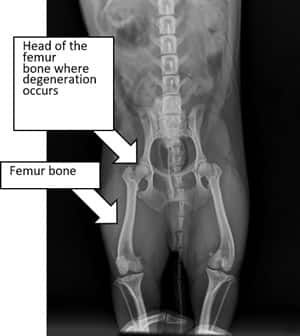

/GettyImages-693993226-0b8ea8a16d794265b7dba9adacb16754.jpg)


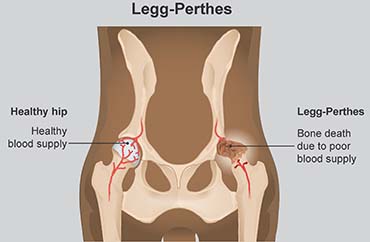






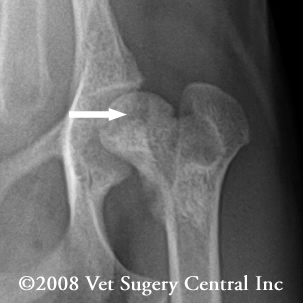
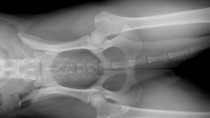

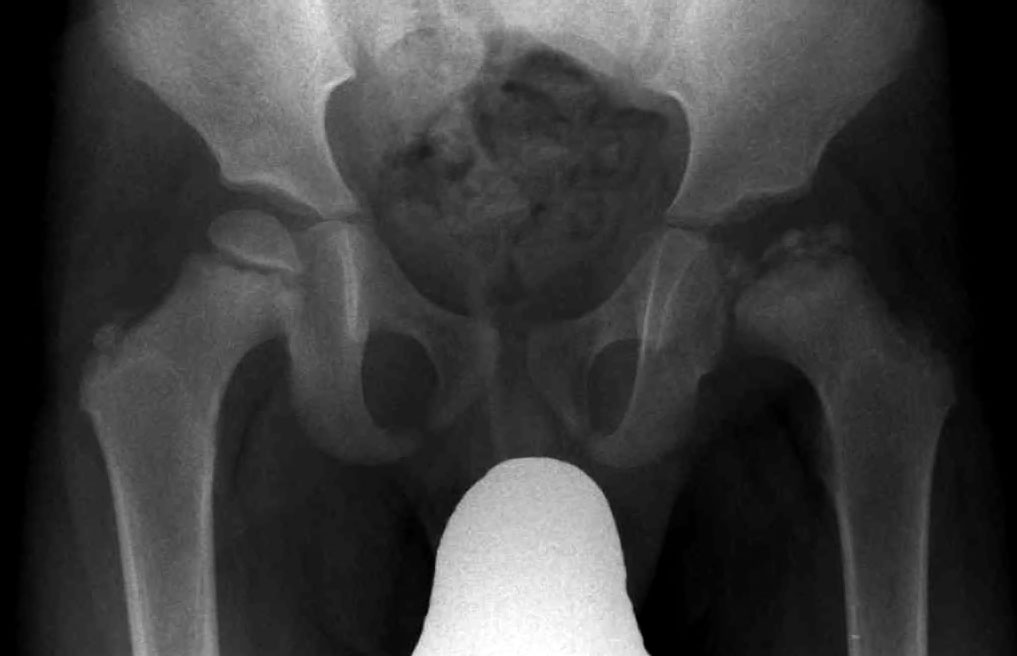
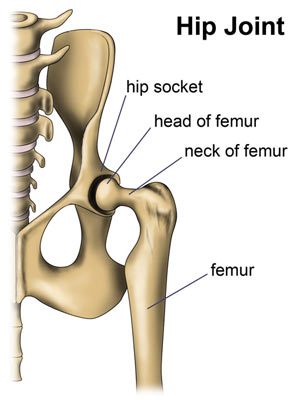
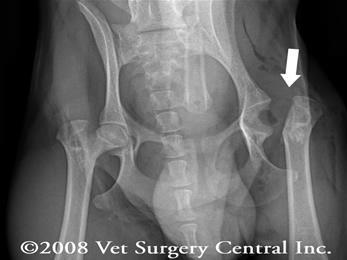
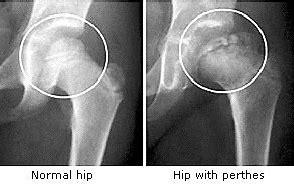

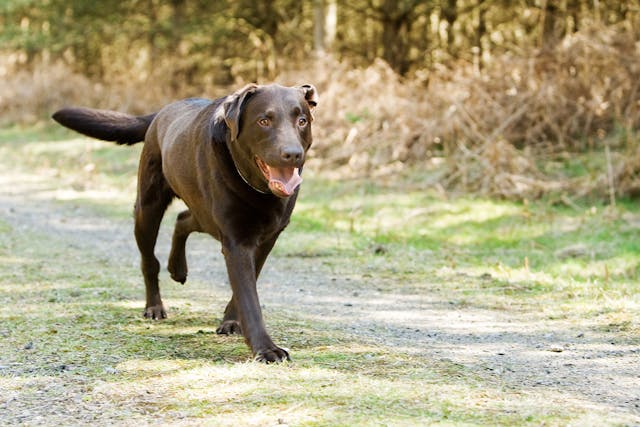












Post a Comment for "Legg-calve-perthes Disease In Dogs"